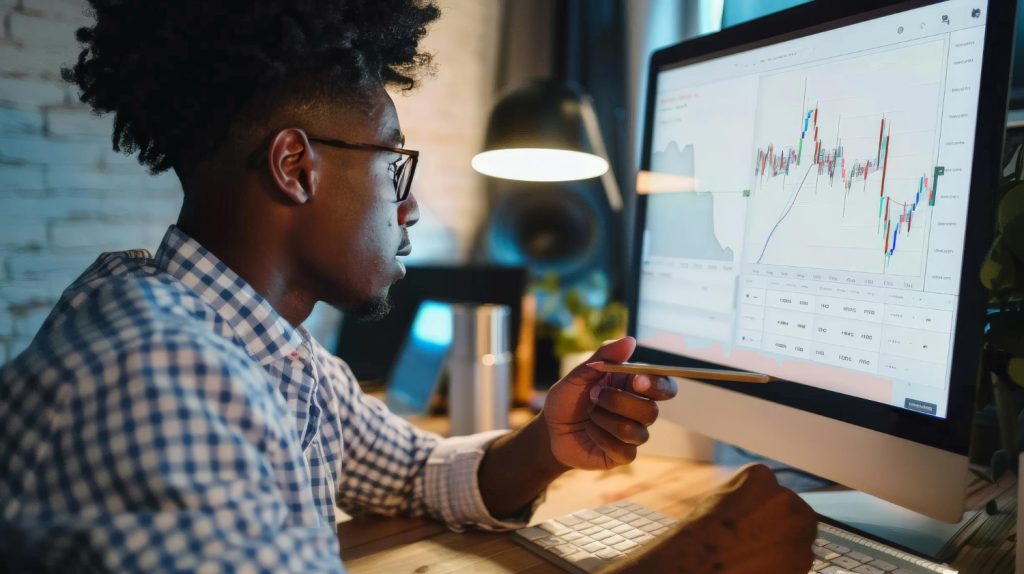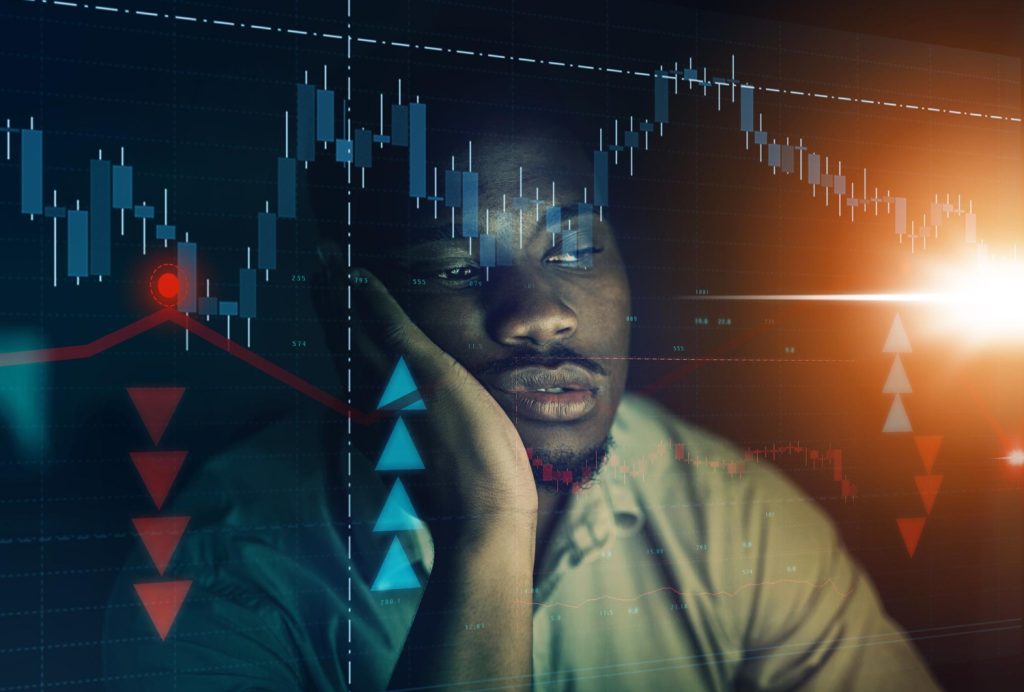The Unlucky Adventures of Lucky: Slippage Woes in Crypto Trading
Lucky:
“Ah! You won’t believe what happened today… I thought I was making a genius trade. I saw this token looking hot, trending on my favorite crypto Twitter feed. I clicked ‘swap’ faster than a hungry man at buffet time… and then… chaos.”
So, I wanted to buy 1 ETH worth of this new token. The price on the chart looked fine, all good. But when I checked my wallet after the trade… I had less of my token than I expected. WAY less. And somehow, my ETH balance dropped more than it should have.
Why? My friend called it slippage. Basically, it’s the difference between the price I saw on the screen and the price I actually paid. And guess what? On fast-moving or low-liquidity coins, that number can be like… huge. Like, “why am I paying double?” huge.
I learned a few things the hard way:
- Check the slippage tolerance – Most DEXs (like Uniswap or PancakeSwap) let you set it. Too low? Your trade fails. Too high? You might pay way more than you expected.
- Avoid tiny pools if possible – Low liquidity means big slippage. That’s why my “hot token” burned me.
- Don’t panic-click – Watching charts jump can make you impulsive. Take a breath, calculate, then trade.
Lucky then says
“Next time, I’ll be smarter. Less FOMO, more homework. Or maybe… I’ll just stick to coins with decent liquidity. My poor wallet deserves a break!”
Lesson for Beginners:
Slippage can silently eat your profits, even on a “winning trade.” Always check slippage tolerance, know your pool liquidity, and don’t rush trades. Trust me, your future self (and your wallet) will thank you. Check out my other adventures.
Check best rates on Zabira.


